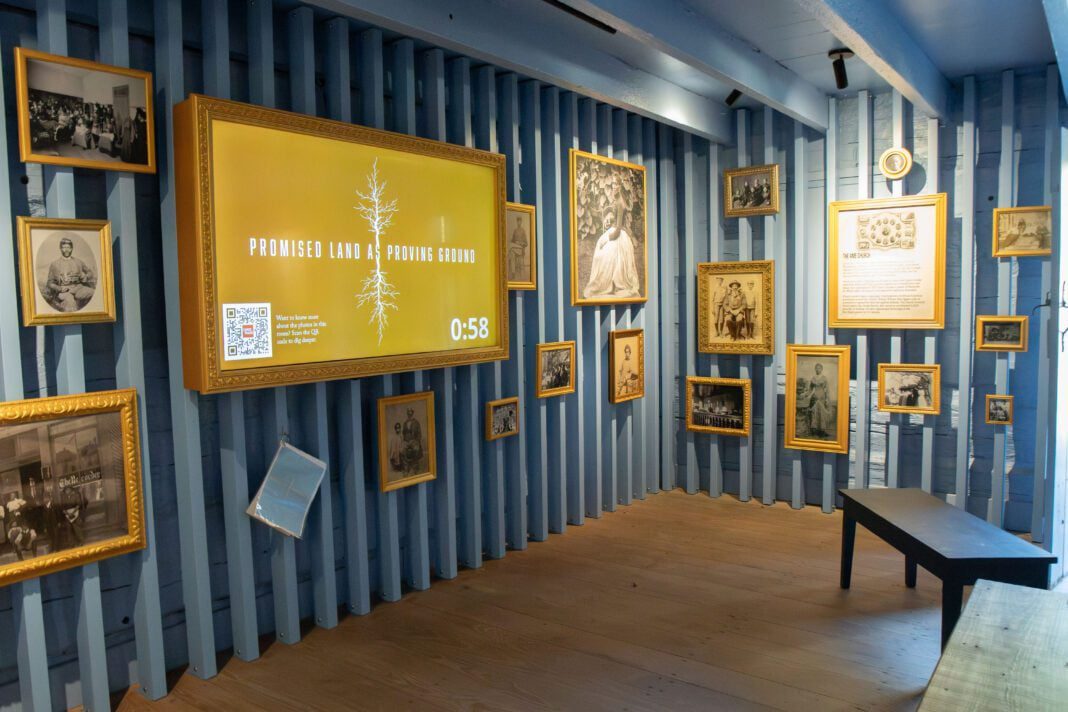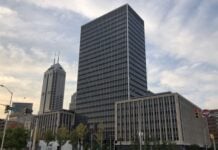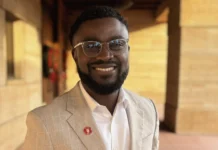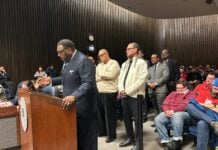“Promised Land as Proving Ground” may seem long overdue to some, but at least it’s telling a fuller story of Black Hoosiers.
The Recorder first covered this exhibit in August 2023, before Conner Prairie had finished construction on the last two cabins. Last month, we were invited back to walk through it now that it had been open to the public for a few months. I went with our photographer, Mia Moore, and what we saw exceeded our expectations.
This isn’t a review, per se, just an honest observation about what this exhibit is offering up at Conner Prairie. We know some of our readers may remember the first-hand account detailing the “Follow the North Star” exhibit that ran several years ago. The folks up at Conner Prairie do too.
This is not that, I promise.
Beginning in Pre-colonial Africa and extending to present-day America, “Promised Land as Proving Ground” is Conner Prairie’s newest permanent walk-through experience. The exhibit officially opened to the public earlier this spring and has since undergone a few slight changes.
At the entrance to Prairie Town sits a new sign. It’s a nod to the expectations for guests to both protect the integrity of the history and protect the actors. These have always been the expectations, Exhibit Developer Allison Cosbey said, but now Conner Prairie is saying them out loud.
READ MORE: Community Arts Calendar: How Indy is preparing for ‘spooky season’ this October
“Promised Land as Proving Ground” is not “segregated from Prairie Town,” Cosbey said. Guests can wander in and out of the four new cabins and explore the other buildings, engage with the actors and participate in hands-on activities all in one stop.
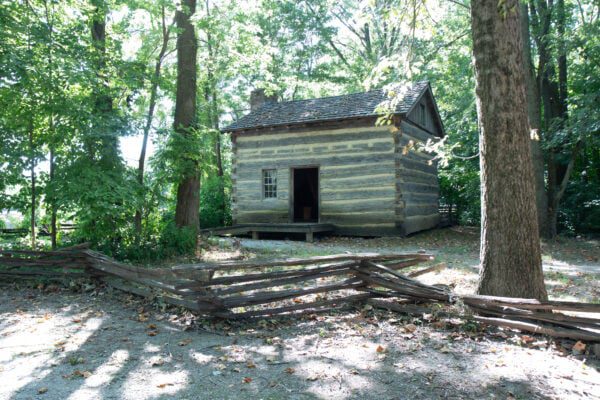
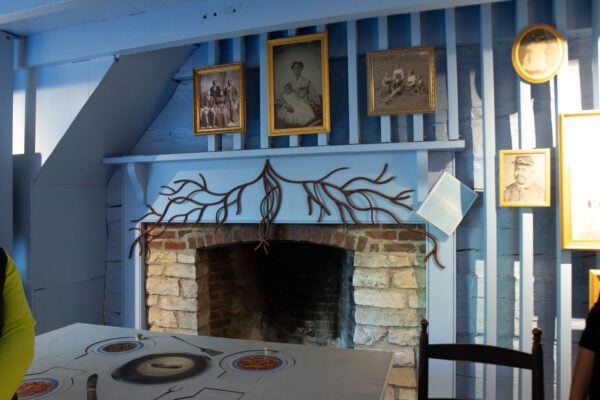
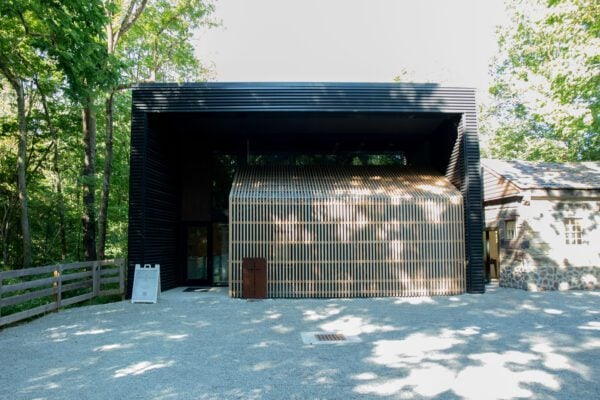
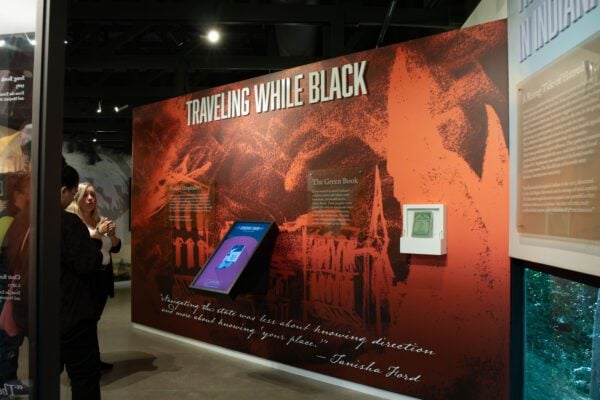
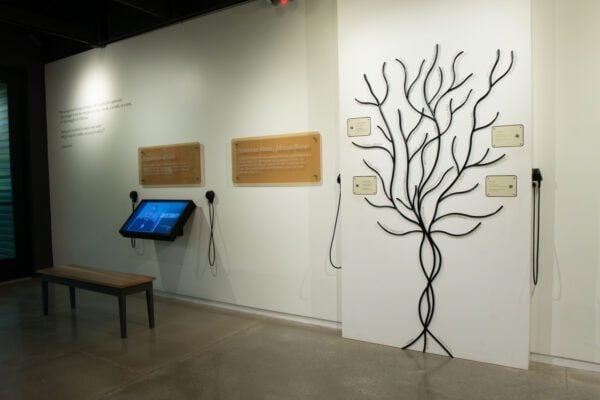
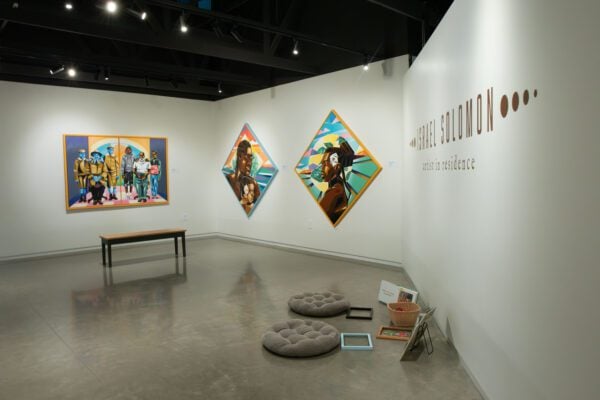
The garden is the first stop before the Origins Cabin, and Cosbey said Gardens Expert Michelle Evans worked with the Indianapolis Garden Club to plant and grow produce, herbs, and spices that were brought over from Africa during the trans-Atlantic slave trade.
“Unfortunately, slavery existed back then but I love that the story is empowering,” Hyacinth Rucker, senior manager of public relations and communications, said. “It doesn’t stop at slavery, right? It keeps going, and it’s showing all of what Black people have done in between the 20th and 21st century.”
“Promised Land as Proving Ground” is not like any of the other exhibits or experiences the living history museum has offered before. The exhibition took a community-first approach, seeking insight, inspiration and feedback from well-known and trusted leaders, artists, churches and organizations.
Charlene Fletcher and Clarence Newsome curated the exhibit with help and input from the Indiana Historical Society, Indianapolis Garden Club, Witherspoon Presbyterian Church, Asante Art Institute, Anthony “Baba Tony” Artis and more.
“There’s a through line of faith, and each of those faiths is looking at a promised land in the afterlife of some kind,” Cosbey said. “But of course, folks need a promised land while they’re living too – a place to be free, a place to be happy. So, it’s the idea of the Northwest Territory, and later Indiana, could it be that promised land of freedom?”
The story is spread out among four cabins — Origins, Resistance, Reclamation and Reflections — and details the significance food, family, faith and fellowship had in the lives of those who made the journey from Africa, settled in Indiana and paved the way for their descendants in modern-day America.
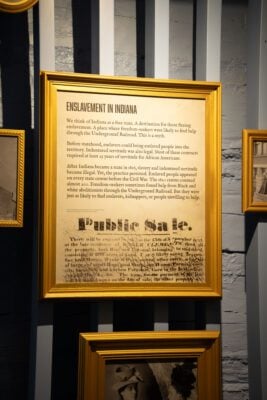
Each cabin features a five-minute video with illustrations by Braintwins and narration by voices from the community — including Maria Abegunde of IU Bloomington, Natoya “Chef Oya” Woodruff and Charlie Asante-Doyle.
The story begins in the Origins Cabin. It’s plain, reminiscent of a plantation slave cabin, and the video takes viewers back to the continent of Africa.
The Resistance Cabin is painted haint blue as a symbolic nod to the spiritual connection Indiana’s Black settlers had. The walls are adorned with roots and portraits of prominent African American Hoosiers — including Indianapolis Recorder’s founding publisher, George P. Stewart — with a virtual reality component that allows guests to learn more about the real stories behind the photos.
Along the path to the final two cabins is the Time Looper augmented reality experience featuring actors from the Asante Art Institute.
“We have a blacksmith, a civil war nurse, a teacher, and so there’s four questions that you can ask them,” Cosbey said. “That’s a way that we can have that first-person, costumed element represented here, while also being able to control the situation a little more, again, protecting people and making sure we’re telling accurate history at the same time.”
The Reclamations cabin is modeled after a modern-day museum exhibit to display more artwork and objects they couldn’t within the other two cabins, Cosbey said. Here we’re in the 21st century.
“There’s a lot of nasty stuff that we still have to discuss in terms of history, but we’re trying to bring a little bit more into the conversation, and you’ll see that as you walk through of just a celebration of resilience, a celebration of wins, where we could find them,” Cosbey said.
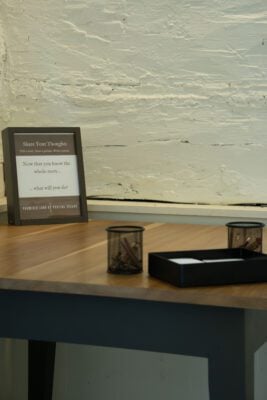
There are a lot of colorful elements in this room, including artwork by artist-in-residence Israel Solomon, an interactive map of sundown towns featuring research from James Loewen, a Green Book, a hymnal and a choir robe from a church in Gary, and a family tree of music.
The last stop is the Reflections Cabin. Filled with natural ambient noise, the cabin is a simple, chapel-inspired space; it features a few benches for guests to rest. In the corner is a table with a stack of papers, pencils and a single question, “Now that you know the whole story, what will you do?”
Responses are then hung on the wall. I read a few of them. People from all over the U.S. have already come and experienced “Promised Land as Proving Ground.” The general consensus is this exhibition is exactly what we need right now.
“I want people to come away ultimately, with a sense of hope and with what might be a call to action … of some way that they’re going to change their thoughts, change their feelings, change their behavior as a result of experiencing this,” Cosbey said.
“Promised Land as Proving Ground” is open at Conner Prairie, 134000 Allisonville Road, Fishers, during regular operating hours. For more information about the exhibit or ticketing, visit connerprairie.org.
Contact Arts & Culture Reporter Chloe McGowan at 317-762-7848. Follow her on X @chloe_mcgowanxx.
Chloe McGowan is the Arts & Culture Reporter for the Indianapolis Recorder Newspaper. Originally from Columbus, OH, Chloe has a bachelor's in journalism from The Ohio State University. She is a former IndyStar Pulliam Fellow, and has previously worked for Indy Maven, The Lantern, and CityScene Media Group. In her free time, Chloe enjoys live theatre, reading, baking and keeping her plants alive.

